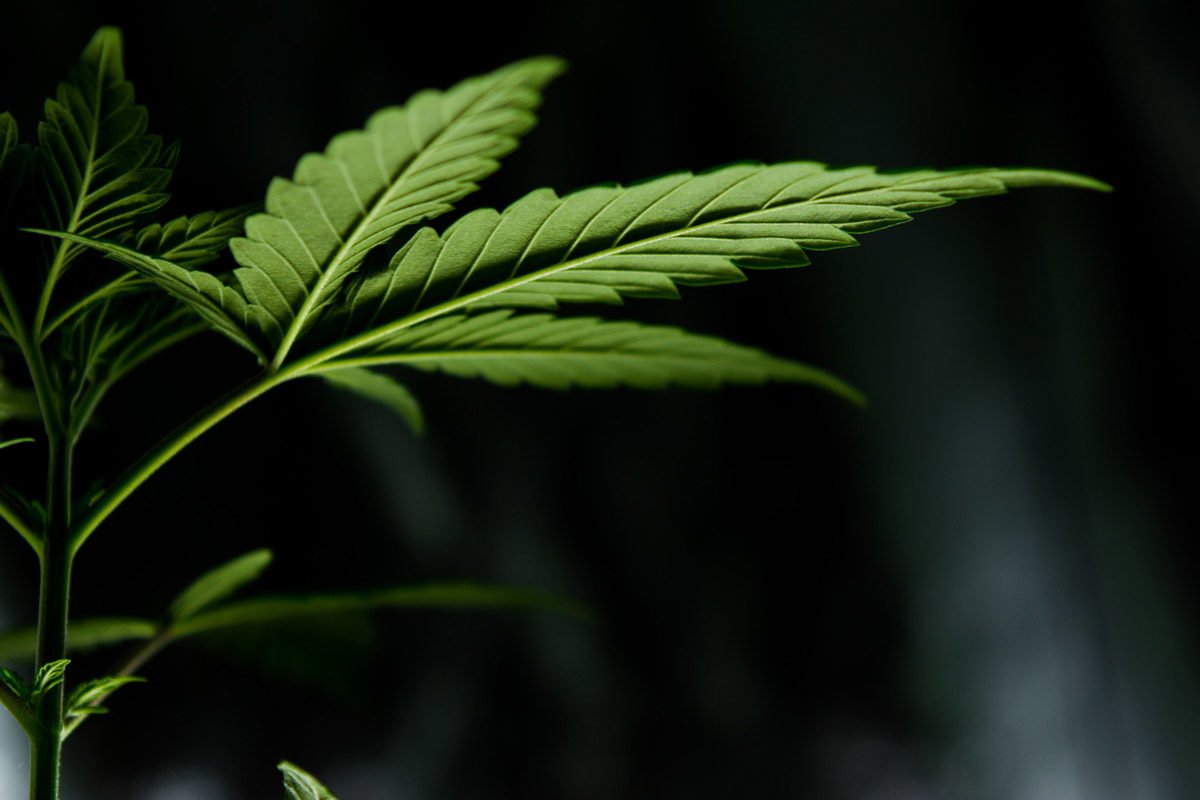Endocannabinoid System 101
Have you ever wondered how cannabis works? While the plant is made up of hundreds of unique compounds, the cannabinoids found within (such as THC or CBD) are responsible for the majority of its effects. But did you know the body actually makes its own cannabinoids – and has an entire system dedicated to their success?
It turns out that all mammals, including humans, have what’s called an endocannabinoid system (ECS). Made up of hundreds of receptors throughout the body, the ECS plays an important role in helping maintain homeostasis. In other words, it makes sure all of the body’s systems are working in harmony. While scientists are still learning about all the things the ECS does, the research so far is compelling. Read on to find out more about the latest discoveries!
The ECS: What Do We Know?
The two main cannabinoid receptors in the body were discovered in the early 1990s. CB1 and CB2 receptors are mostly found in the central nervous system (including brain), certain organs, and peripheral nervous system. Endocannabinoids are naturally occurring enzymes and proteins while phytocannabinoids come from plants such as cannabis. The human body makes two main endocannabinoids: anandamide and 2-arachidonoylglycerol (2-AG).
The ECS has been observed to play a potential role in several diseases and disorders, including rheumatoid arthritis, Alzheimer’s, and some cancers. When observed, endocannabinoid levels shifted throughout the treatment process. Cannabinoids have been used as a therapy for these and other conditions with great anecdotal efficacy but further studies need to be conducted before any definitive results can be concluded.
ECS and Exercise
Have you ever heard the term “runner’s high?” It turns out the ECS may be behind it. A 2015 study discovered vigorous aerobic exercise leads to the creation of both dopamine (the feel good body chemical) AND anandamide in the brain (previous research had focused on the former). Further research concludes that consuming adequate amounts of omega-3 fatty acids, like those found in fish or flax oil, helps to boost the function of the endocannabinoid system.
We May Need Cannabinoids After All
In 2008, researchers theorized that a depletion of endocannabinoids could be a disorder unto itself. Clinical Endocannabinoid Deficiency (CECD) is still in the hypothesis stage and argues ailments such as migraines, irritable bowel syndrome (IBS), and fibromyalgia may be caused by a lack of anandamide and/or 2-AG. Scientists behind the idea believe supplementing with phytocannabinoids such as CBD could be the solution.
Despite the endocannabinoid system’s importance in promoting wellness, doctors and academics alike agree much more needs to be learned. This is especially true as it relates to how cannabis and CBD isolate plays a role. As the ECS continues to be studied, it’s almost a guarantee that hemp will emerge as a natural way to boost its function and overall success.



































